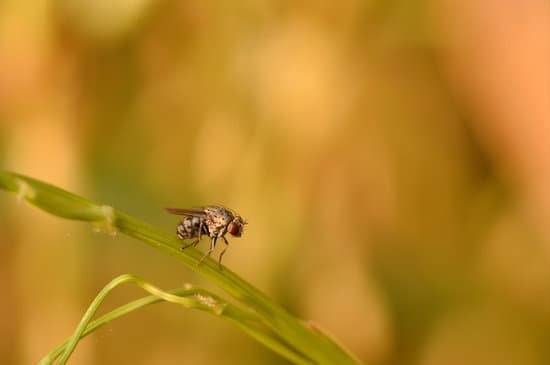Why Can Flies React So Quickly?
The brain of a fly is not as sophisticated as that of a human being, yet it’s still quite advanced, allowing it to outmaneuver and even escape an attack from a human. Its ability to change direction quickly is a result of a system in its body that processes time differently than that of humans. It has the ability to change direction in less than two wing beats – less than one hundredth of a second.
A fly’s startle response is triggered by a change in air pressure caused by a fast-approaching object. By sensing this change, the tail hairs can trigger the escape response in less than 50 milliseconds. A similar response time is observed in house flies, which can react in less than 30 ms to a visual threat. However, a study of Condylostylus flies revealed that the startle reflex of this fly is three to ten times faster than previously reported.
In this scenario, a fly stands on a wall and is suddenly attacked by a single droplet. The droplet is 0.5 mm in diameter and hits the fly’s antenna at 7.70 m/s. The subsequent cluster of droplets is similar in size and velocity, and impacts the fly’s antenna at the same time. This happens repeatedly, and in most cases, the fly recovers from the initial impact.
To understand this phenomenon, it’s important to understand how animals perceive time. The human brain processes images at a slow rate, but the brains of animals process information in high-speed, at a much faster rate than humans. In fact, one study calculated the flicker fusion rate of flies to be 400 times per second. In comparison, the human brain processes images only 60 times a second. This means that what seems normal to us moves like slow motion to flies.








